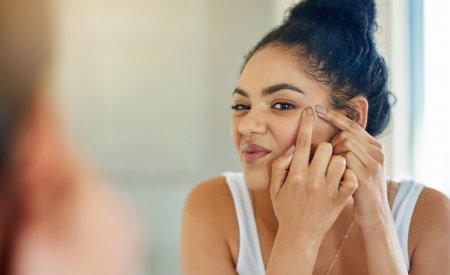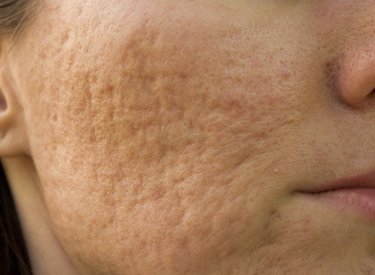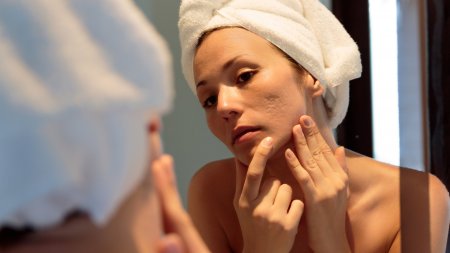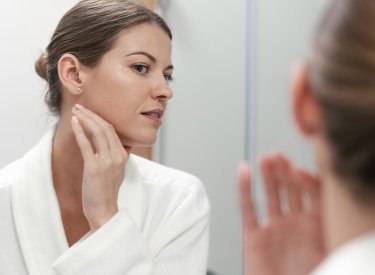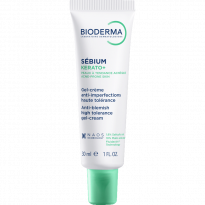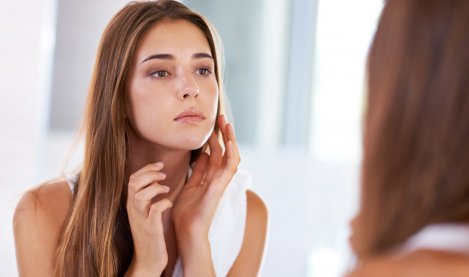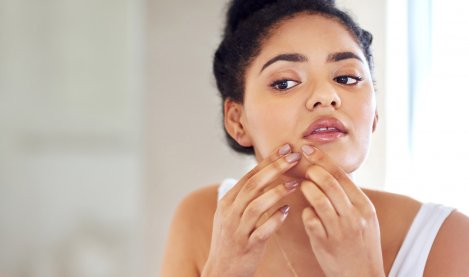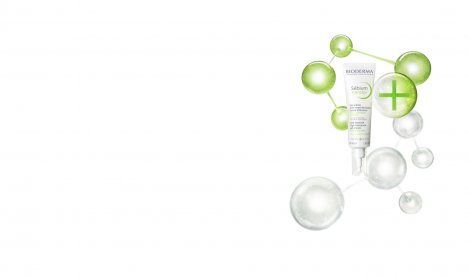What are acne marks? How can you get rid of them?
Acne lesions can leave marks, even once they are no longer inflamed. The skin around an acne lesion may change colour (discoloration). The purple, red, or brown marks will gradually fade on their own, although this may take a long time.
Adopting simple steps can help reduce the appearance of acne marks:
- Avoid touching your face too regularly or wearing a lot of makeup – ideally chose non-comedogenic products
- Use oil-free sunscreen to prevent hyperpigmentation
- Avoid squeezing pimples, blackheads and whiteheads
Targeted skincare products, like Sébium Kerato+ , can also help reduce acne marks. This cream-gel acts on mild to moderate acne to help reduce imperfections (-18.9% acne volume in two days and -41.1% after a month*) and acne marks (-19.6% in pigment spots and marks in two days, -36.2% after a month*).
*Source : Use test under dermatological control performed on 33 subjects aged 18-42 with combination, oily or acne-prone skin – Eurofins No. 20E5071
